Photo

me wrapped up in a beautiful scarf by the even more beautiful Pablo Anwar
4K notes
·
View notes
Photo









Prada Industrial Headquarters / Guido Canali
1K notes
·
View notes
Photo






AC Cobra Lightweight
© redlineclassiccars
3K notes
·
View notes
Text
Architectural Nomenclature for D&D and Authors
Here is a series of diagrams I made while I was making the D&D 5e Masonry profession stuff. It’s basically a helpful guide to help describe parts of buildings, windows, and doors for us non-architects out there. Use these to narrate your dungeon using accurate descriptors, or be inspired to decorate the dungeon with these new terms! You could make corbels that are shaped like owlbears, or socles carved like dragon’s claws. Especially useful to describe where secrets can be hidden, like the lintel of a door or pilaster of a wall. I recall needing to look up the term “lintel” when there was a secret lever built into one in the Shrine of Tamoachan, so there’s definitely a use for it.
Keep in mind that some of these parts can be used for other objects, particularly furniture. For instance, a table can have an entablature and cornice, just like a roof can. A pediment can exist above a door or window. A reliquary can have crockets and pinnacles like a cathedral.
I learned a lot about architecture while researching stuff for Mason’s Tools, and wanted to share it with you guys! Remember that a wide breadth of knowledge can help you become a better overall DM!
Gothic Cathedral

Hellenistic Temple

Crenellated Wall

Interior Wall

Doors and Windows

Roofs and Domes

Arches and Vaults

Architectural Patterns

Other Decorative Terms:
Urn: Yes they put them on buildings, not just in dungeons.

Festoon: A wreath or garland hanging from two points. If it depicts cloth it is known as a swag. So yea.

Dentils: Originating as the ends of rafters, these became decoration that is repeated below a roof’s cornice. Their name means “teeth.”

Acanthus: This is the leaf that you find in a lot of architecture, especially as the capitals of Corinthian columns.

Diapering: Weird name, but basically anything that is a repeated pattern usually based on a grid that breaks up an otherwise flat space. Apparently the name comes from the Greek dia (cross/diagonal) and aspros (white)

Fleur-de-lis: If you weren’t familiar with it already, that’s what this is called:

Well that about wraps it up for today. Hope everyone was able to learn something today!
12K notes
·
View notes
Photo

Cozy Reading Room in Rome by KHS Designs
11K notes
·
View notes
Photo

A dark and elegant bedroom suite nestled under the stairs
via reddit
2K notes
·
View notes
Photo
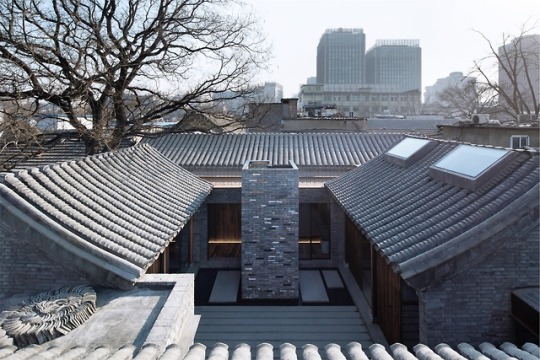
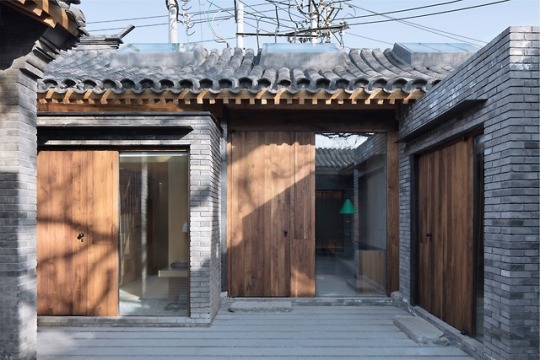
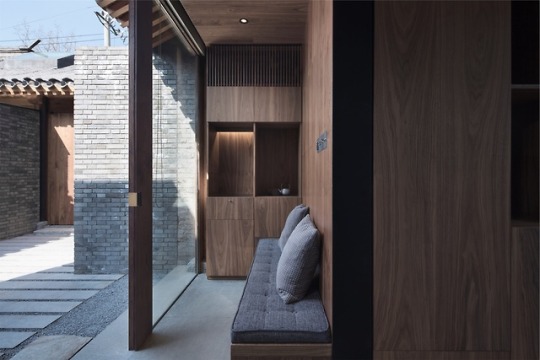
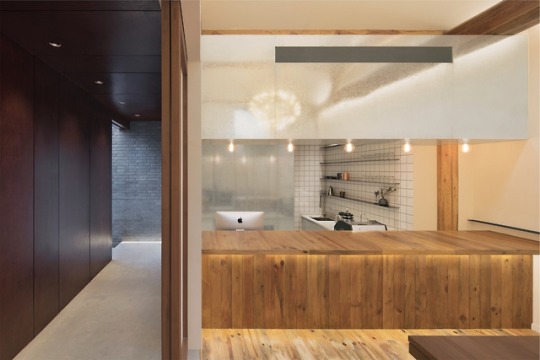
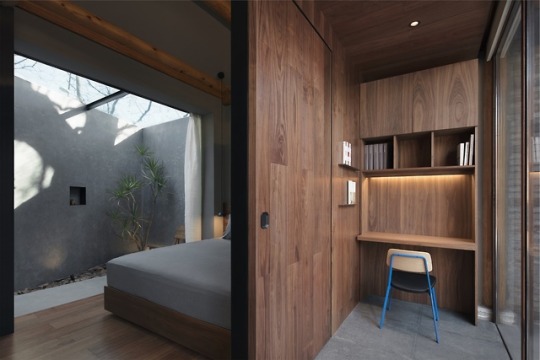
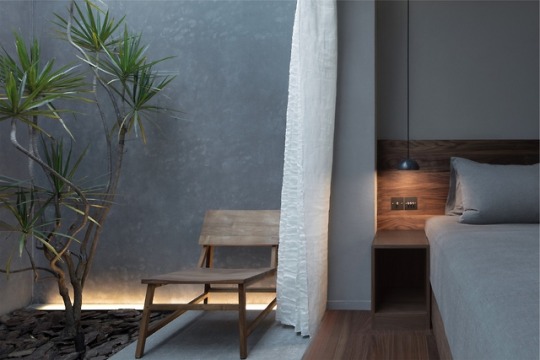

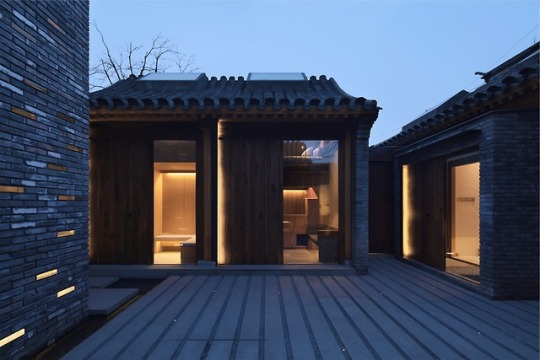


White Pagoda Temple Hutong Courtyard Renovation / B.L.U.E. Architecture Studio ph: Zhi Xia
5K notes
·
View notes
Photo
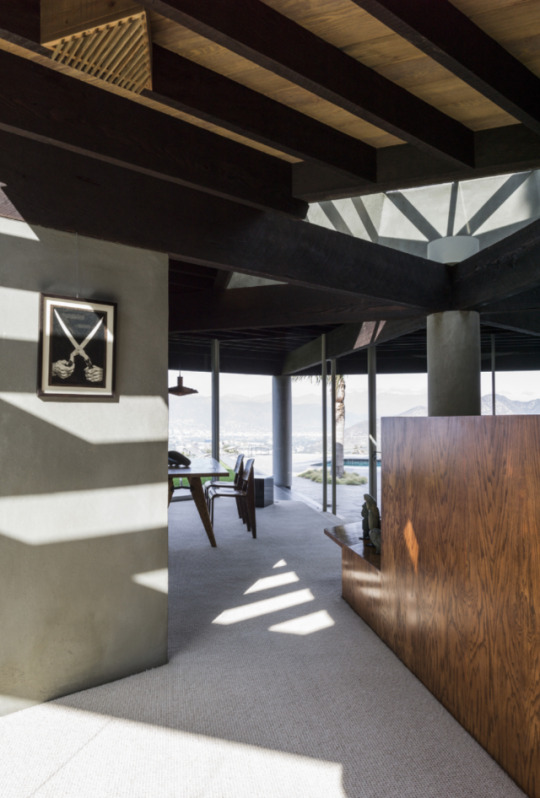
Inspirations: Dining Room — For more Dining Room inspirations visit our Tumblr: http://aestatemagazine.tumblr.com/search/dining-room — You can now also follow us on Instagram (aestatemagazine): https://ift.tt/2n0m6UM
209 notes
·
View notes
Photo
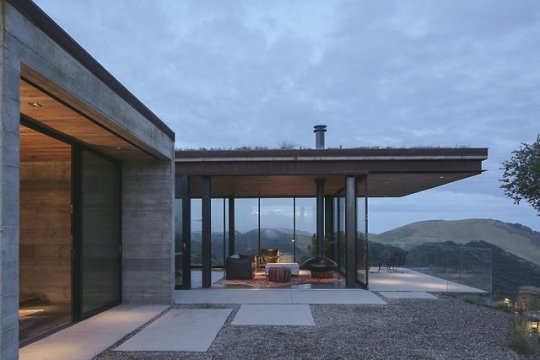


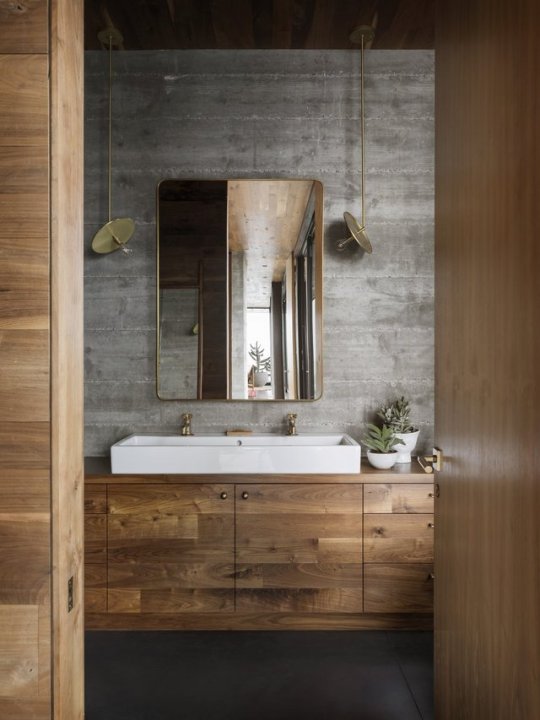
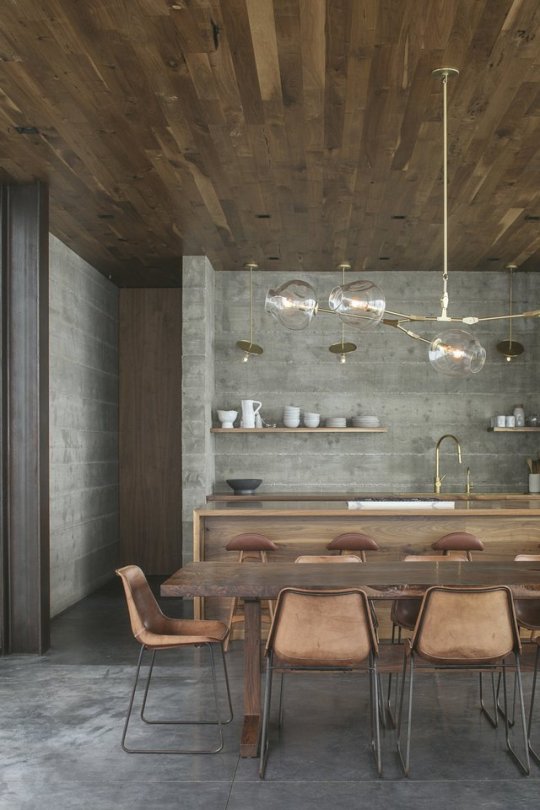
Off-Grid Guesthouse / ANACAPA
Photos © Erin Feinblatt
4K notes
·
View notes
Photo

Hytte Sirdalen is a minimal home located in Sirdal, Norway, designed by Filter Arkitekter.
722 notes
·
View notes























